Attempting to Capture Taste is an ongoing body of work by Christopher Reynolds that investigates the mechanics, meaning, and metaphor of taste. Drawing inspiration from Jean Anthelme Brillat-Savarin’s seminal 1825 gastronomic treatise The Physiology of Taste, Reynolds reexamines the act of tasting as both a physiological phenomenon and a culturally constructed practice.
Brillat-Savarin meticulously outlines various invented movements of the tongue—Spication, Rotation, and Verrition—each described in a detailed, almost choreographic manner intended to guide practitioners in the art of properly "capturing" taste. These deconstructed gestures, resembling dance instructions, serve as a conceptual foundation for Reynolds’s inquiry into how taste operates at the intersection of biology, ritual, and language.
In his performances and resulting paintings, Reynolds employs pure squid ink as both material and metaphor. Over three-minute intervals, he records the distinct tongue movements prescribed by Brillat-Savarin onto paper, using the squid ink as a tactile, sensorial medium. Due to the umami-rich properties of the squid ink—and its large quantity during the performance—the mouth produces an uncontrollable amount of saliva, involuntarily enhancing the body's natural salivation response. As a result, the final material list for these works includes not only squid ink but also the performer's saliva, further embedding the artist’s body directly into the surface of the work.
Through this embodied process, Attempting to Capture Taste blurs the boundaries between documentation and sensation, text and action, science and art. The resulting paintings evoke references to Japanese sumi ink traditions, minimalism, and abstraction—where each mark carries the weight of gesture, temporality, and intentional imperfection. These visual languages reinforce Reynolds’s exploration of taste as a fleeting, yet materially inscribed experience.
By elevating Brillat-Savarin’s historical observations into a contemporary framework, Reynolds frames taste not as a passive biological function, but as a dynamic, culturally mediated act—one shaped by ritual, desire, language, and bodily memory. Ultimately, Attempting to Capture Taste invites viewers to consider how knowledge, perception, and sensation are inextricably linked through both corporeal and cultural processes.

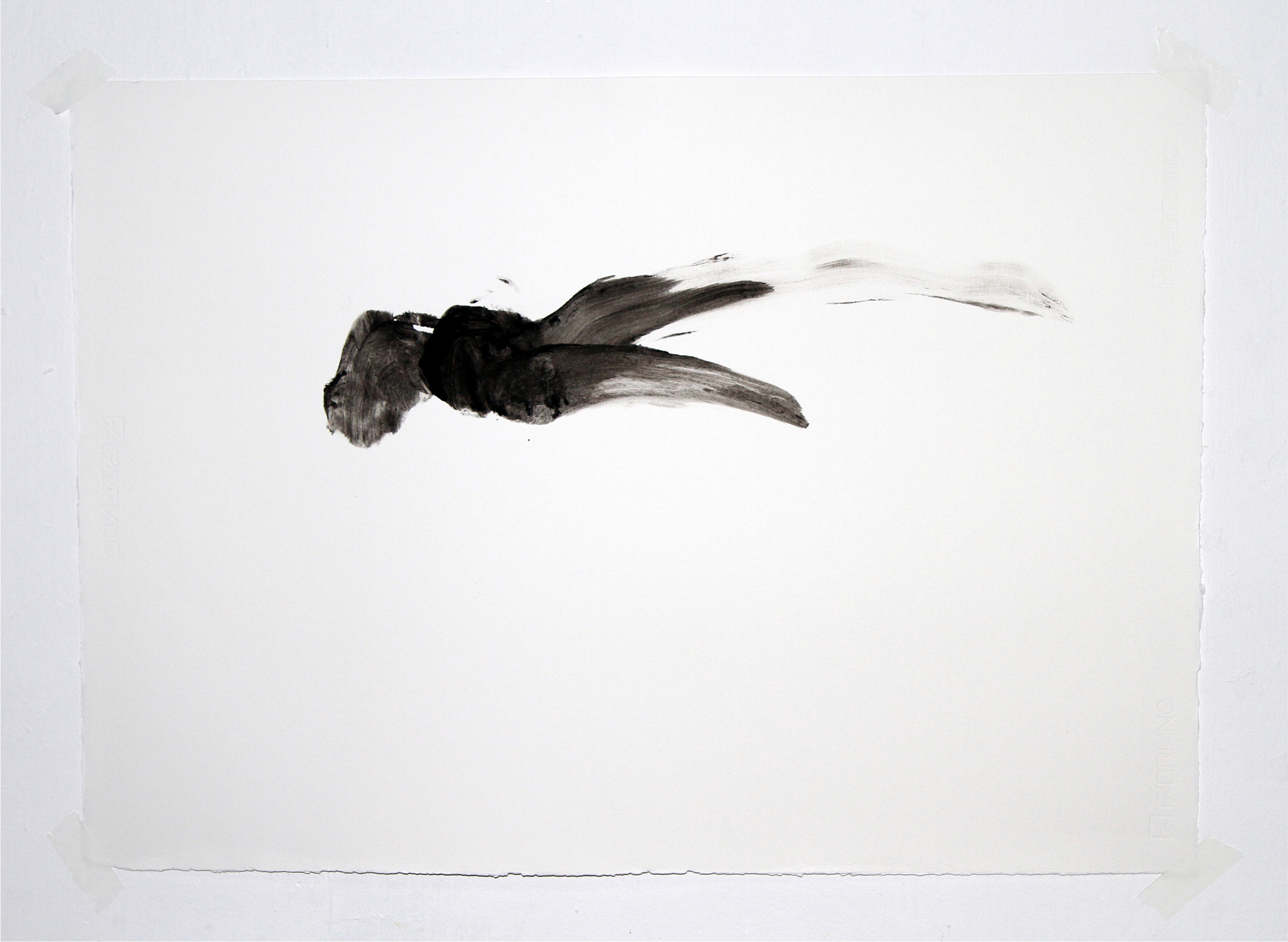
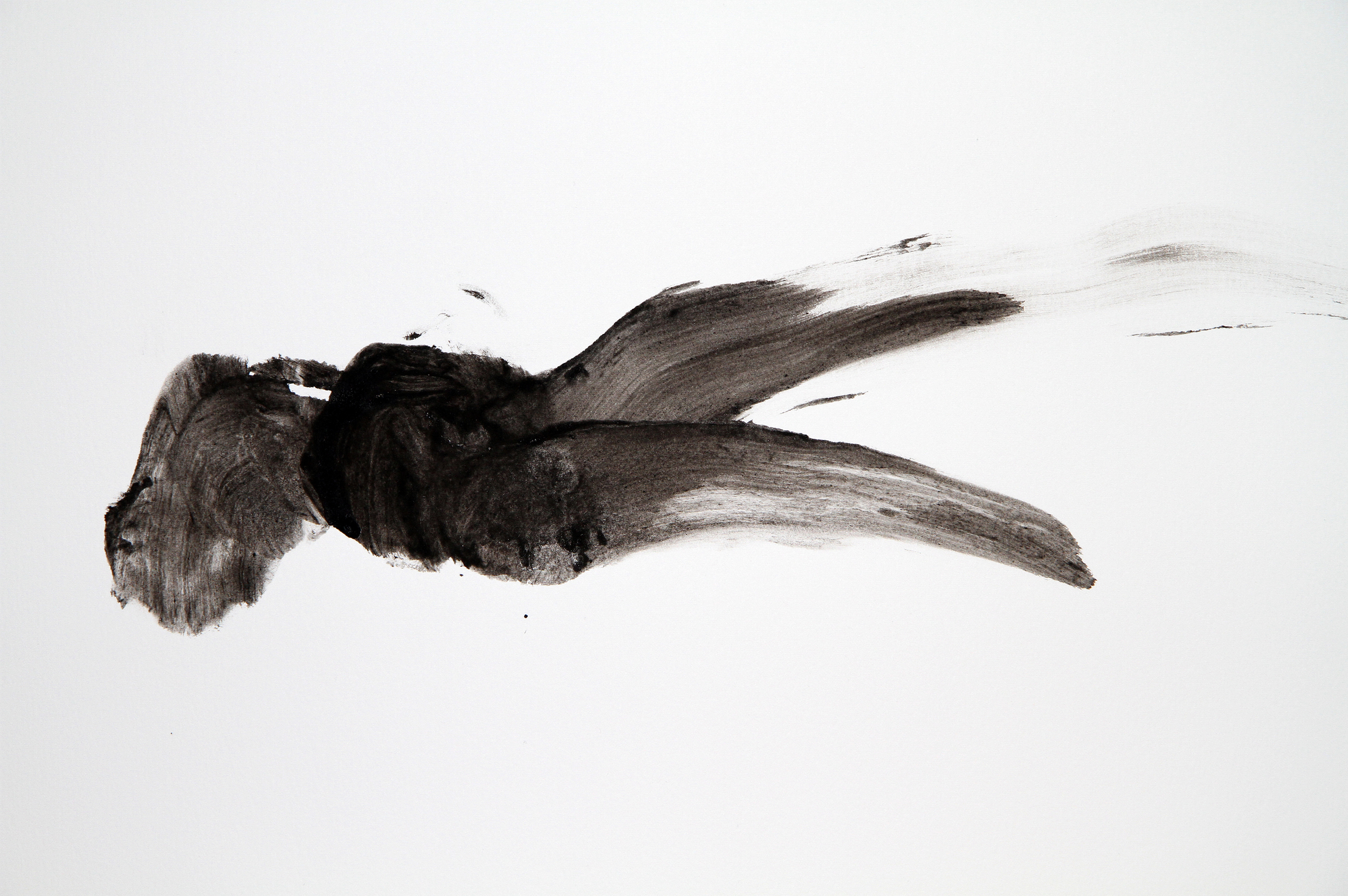
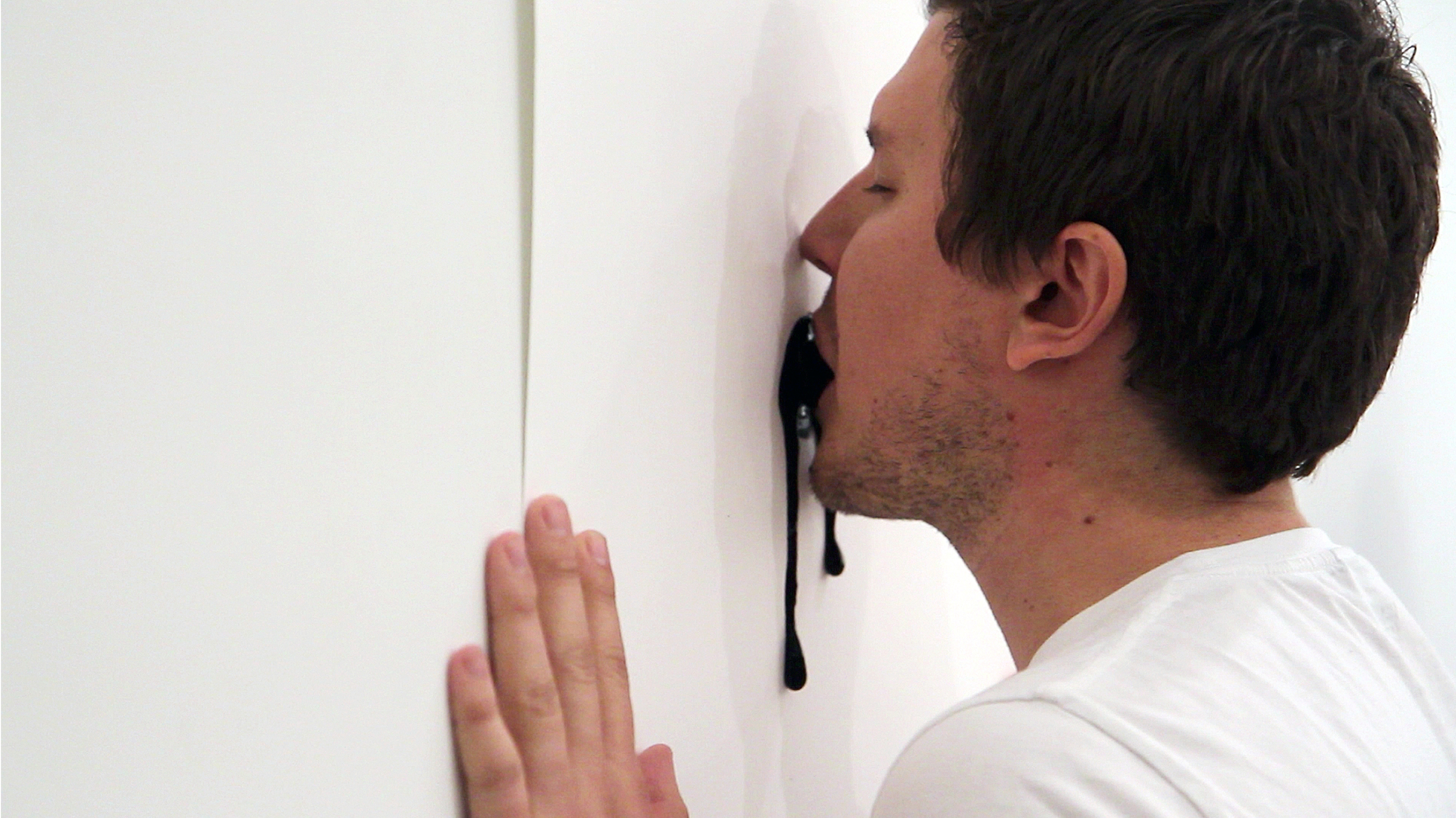
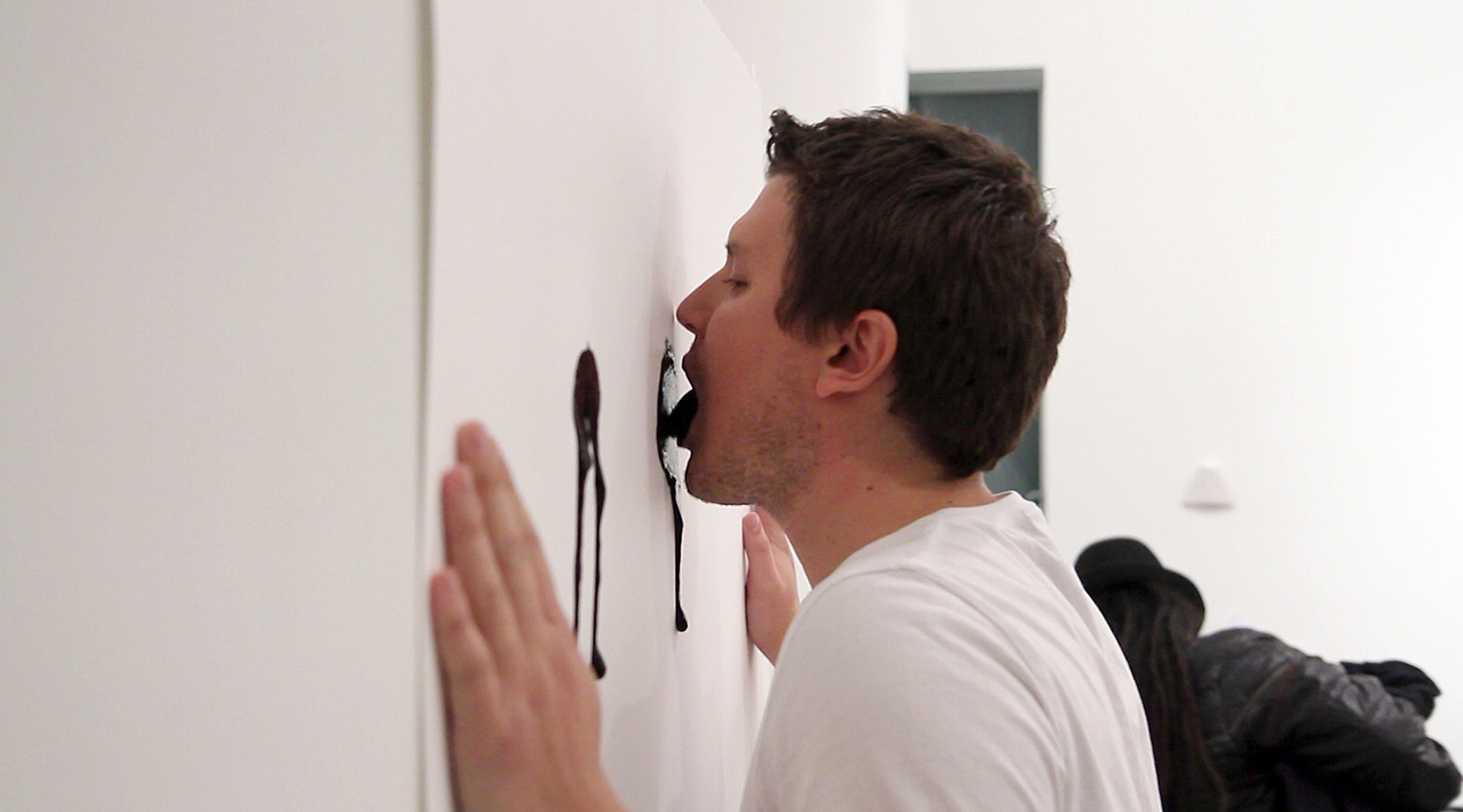
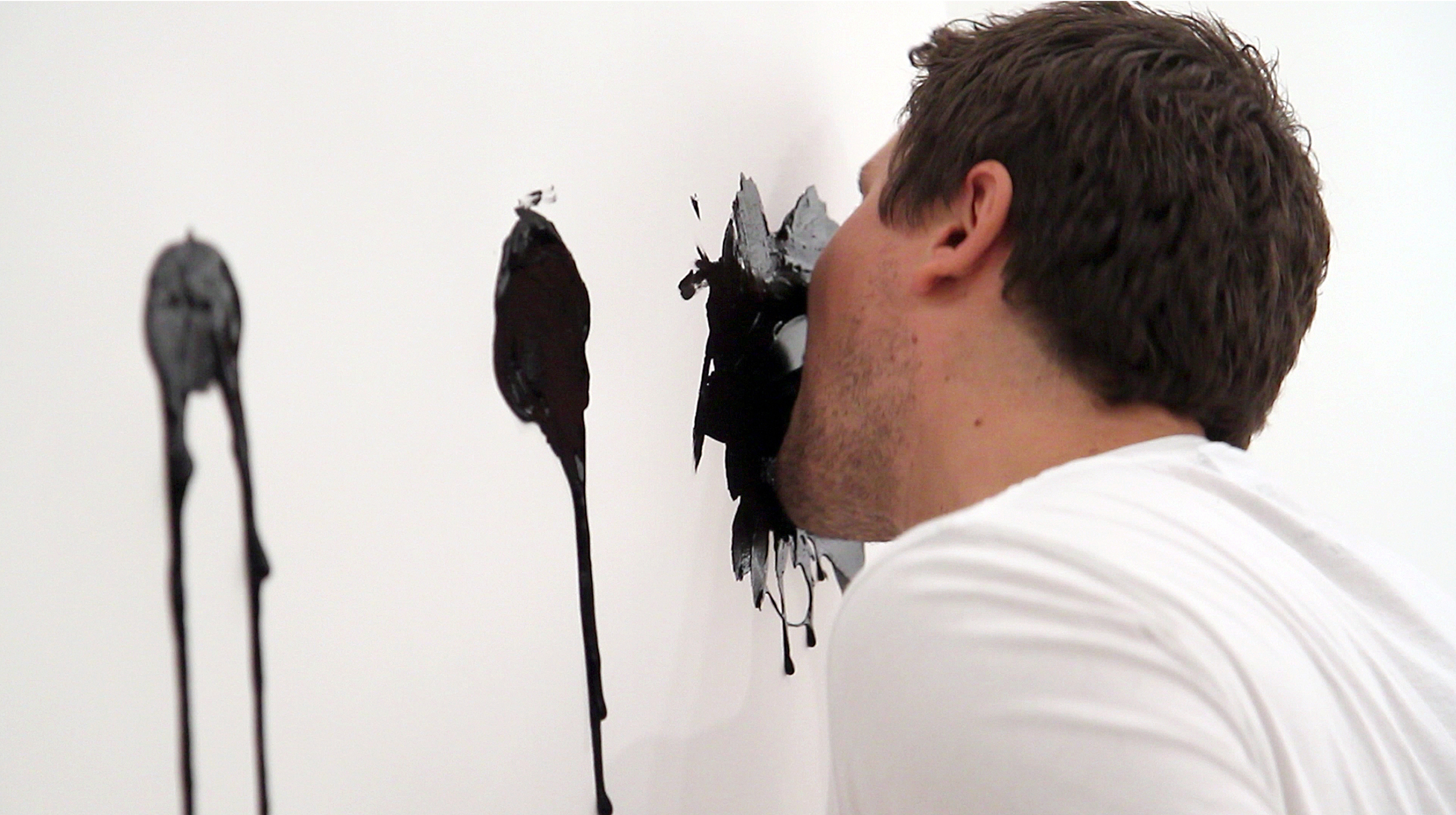
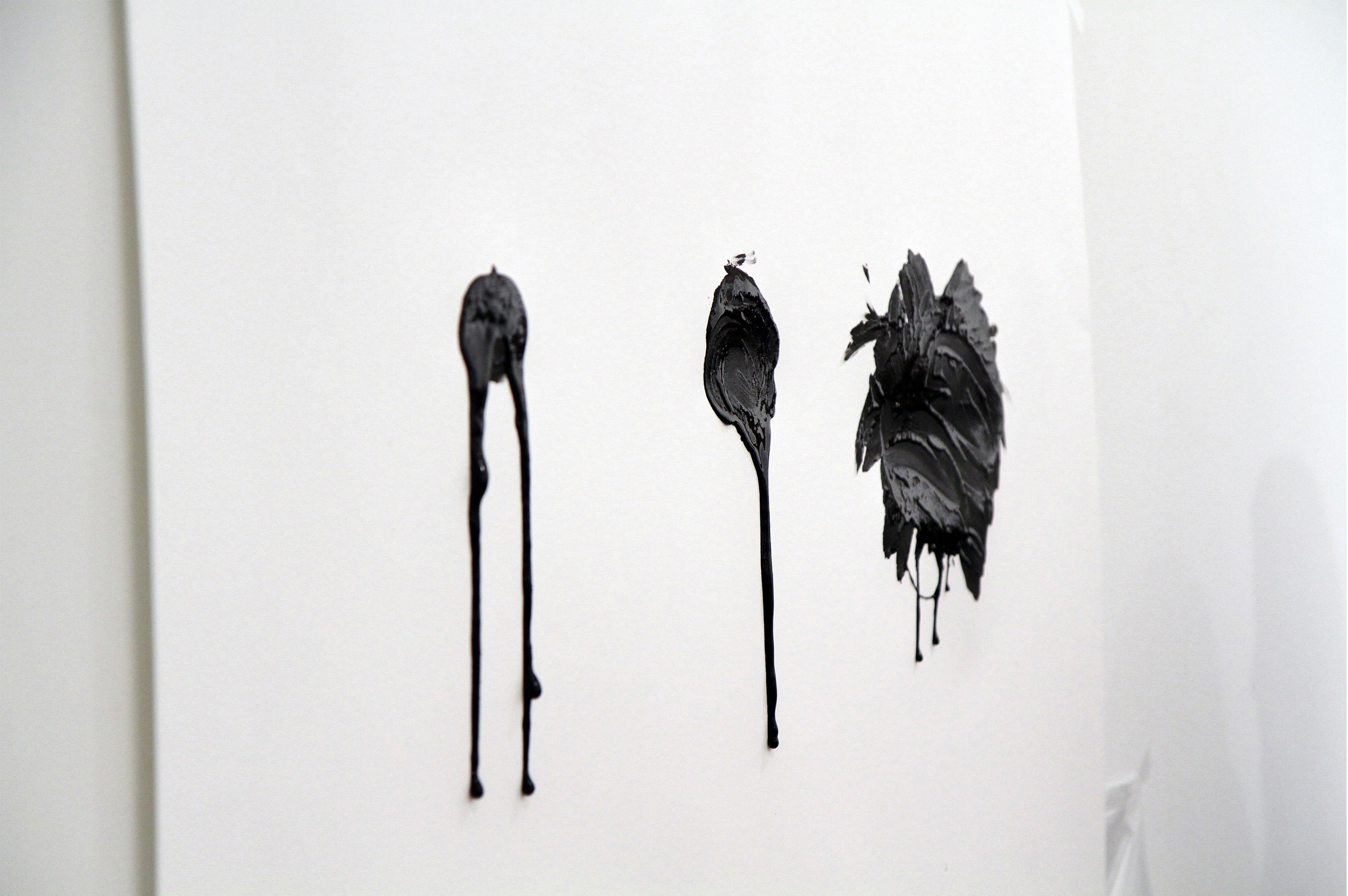
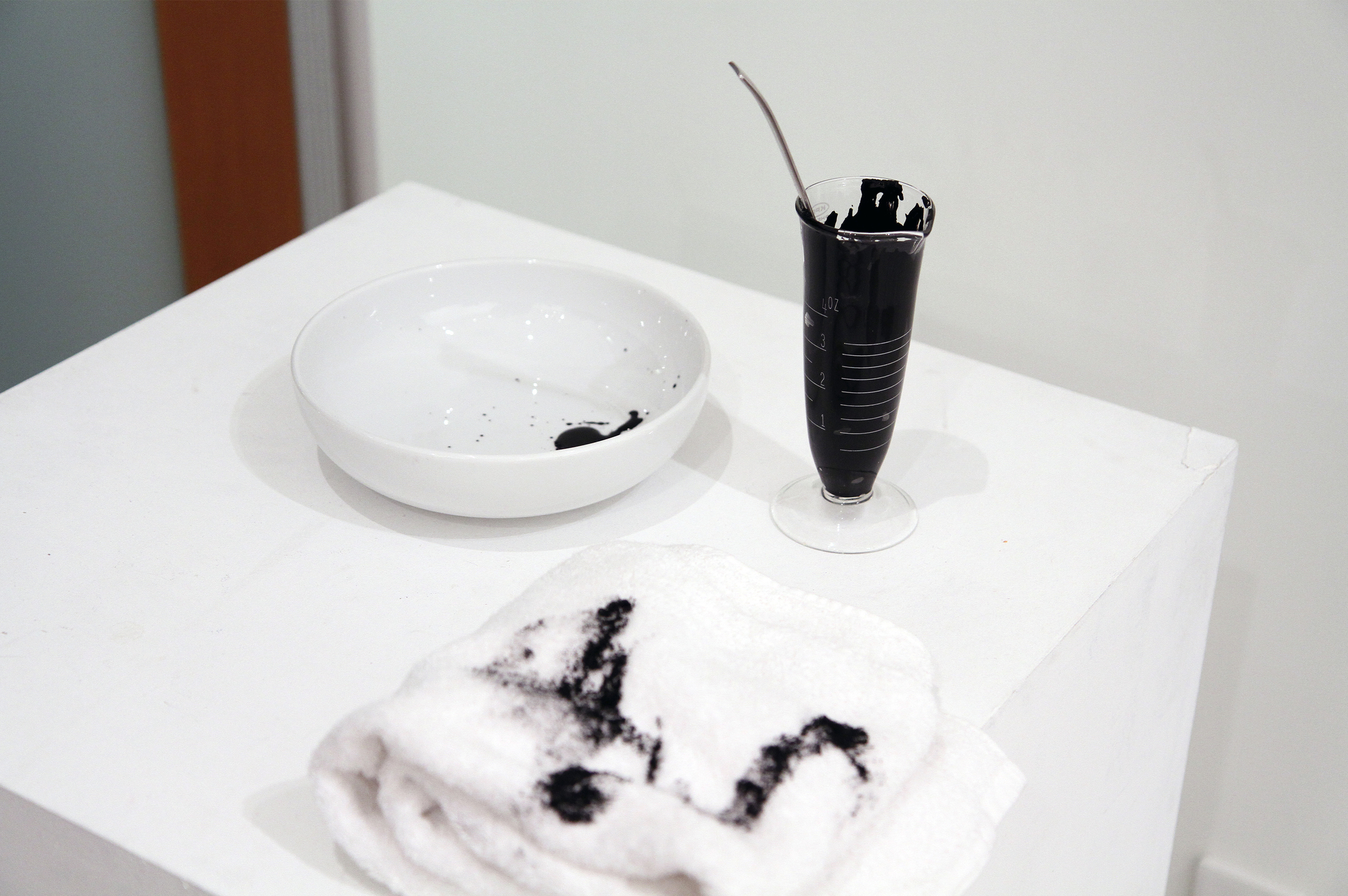
Attempting to Capture Taste (Spication, Rotation, Verrition)
Performance (Squid ink applied by tongue on paper)
Duration 9:54 minutes
Jaus Gallery, West Los Angeles, CA. November 10th, 2012
Video Courtesy of Sean Flaherty